
Copernical Team
Rocket Lab prepares for second TROPICS launch for NASA
 Rocket Lab USA, Inc., a publicly traded company listed on Nasdaq as RKLB, is eagerly gearing up for the imminent launch of its second dedicated Electron mission, aiming to release a network of storm-tracking satellites for NASA. The mission, christened "Coming To A Storm Near You", is slated for a no earlier than 16:00 NZST lift-off on May 25th, to be carried out from Launch Complex 1 on the pic
Rocket Lab USA, Inc., a publicly traded company listed on Nasdaq as RKLB, is eagerly gearing up for the imminent launch of its second dedicated Electron mission, aiming to release a network of storm-tracking satellites for NASA. The mission, christened "Coming To A Storm Near You", is slated for a no earlier than 16:00 NZST lift-off on May 25th, to be carried out from Launch Complex 1 on the pic Virgin Orbit to cease operations, sell assets of Richard Branson's satellite launcher
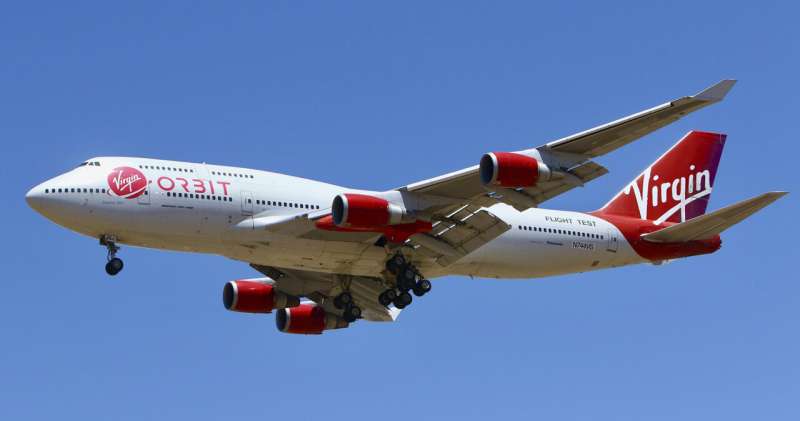
NASA's Chandra, Webb telescopes combine for arresting views
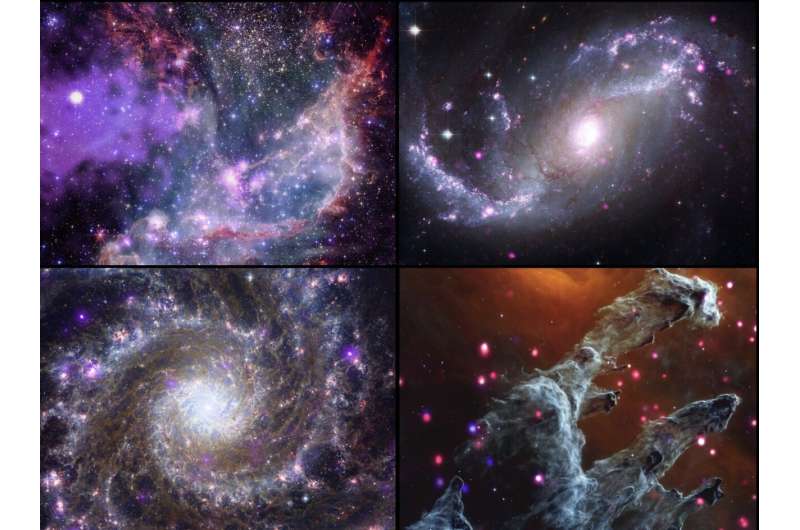
When multiple NASA telescopes observe the same cosmic region, the universe's true colors are revealed.
Four composite images deliver dazzling views from NASA's Chandra X-ray Observatory and James Webb Space Telescope of two galaxies, a nebula, and a star cluster.
NASA's LRO views impact site of HAKUTO-R mission 1 moon lander
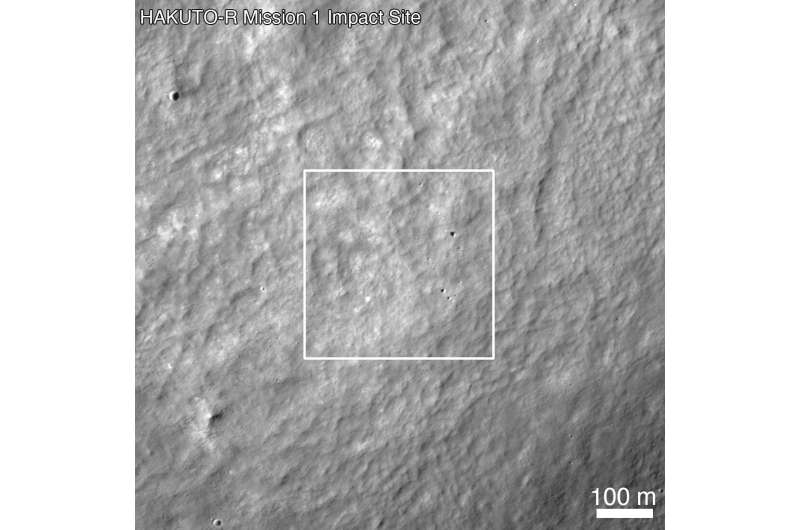
The ispace HAKUTO-R Mission 1 lunar lander was launched on Dec. 11, 2022, a privately funded spacecraft planned to land on the lunar surface. After a several-month journey to the moon, the spacecraft started a controlled descent to the surface to land near Atlas crater. The ispace team announced the following day that an anomaly occurred, and the HAKUTO-R Mission 1 lunar lander had not safely touched down on the surface.
Image: Mars terrain recreation at ESA

A downward view of ESA's rock-strewn recreation of the Red Planet, is designed to put prototype planetary rovers through their paces.
Officially part of the Planetary Robotics Laboratory at the Agency's ESTEC technical center in Noordwijk, the Netherlands, the nickname of this test site is the "Mars Yard."
An 9 x 9 m square filled with sand and different types of gravel and rocks, it is used to assess rover locomotion and navigation as well as the traction of wheels and other mechanisms. Then researchers can check how these elements work together in practice, with tests observed using precision cameras and sensors.
The Planetary Robotics Lab is part of a suite of more than 35 ESA laboratories focused on all aspects of space engineering, available to wider European Member States companies as well as ESA projects.
Provided by European Space Agency
The ExoMars Trace Gas Orbiter team practises beaming a message back to Earth - using themselves
 Image:
Image:
A mysterious signal is being sent by ESA’s ExoMars Trace Gas Orbiter on 24 May, a spacecraft orbiting the Red Planet looking for evidence of possible biological or geological activity.
As part of the global 'A Sign In Space' art project, it will strike huge antennas dotted around the globe; the Green Bank Telescope (West Virginia), the Medicina Radio Astronomical Station (Italy) and the Allen Telescope Array (California).
Early tests were conducted to ensure the feasibility of the endeavour and allow the ground-based observatories to fine tune their systems to be ready for the public event.
During preparations for sending
Hark! A mystery sign in space (ExoMars Trace Gas Orbiter)
 Image:
Image:
A message will soon be received from outer space and you are invited, along with the global community, to decipher it. Does its messenger, the ExoMars Trace Gas Orbiter, count as extraterrestrial intelligence? Probably not. So, until we hear from aliens themselves, the martian orbiter is playing the role of green man in the ‘A Sign in Space’ global art project.
If we were to receive a signal from space, it would likely not be just scientists who catch it. Today, many individuals, organisations, universities and companies have access to antennas that are pointed skyward.
Any message received would be for the whole planet
Fighting wildfires in France | FIRE Preview
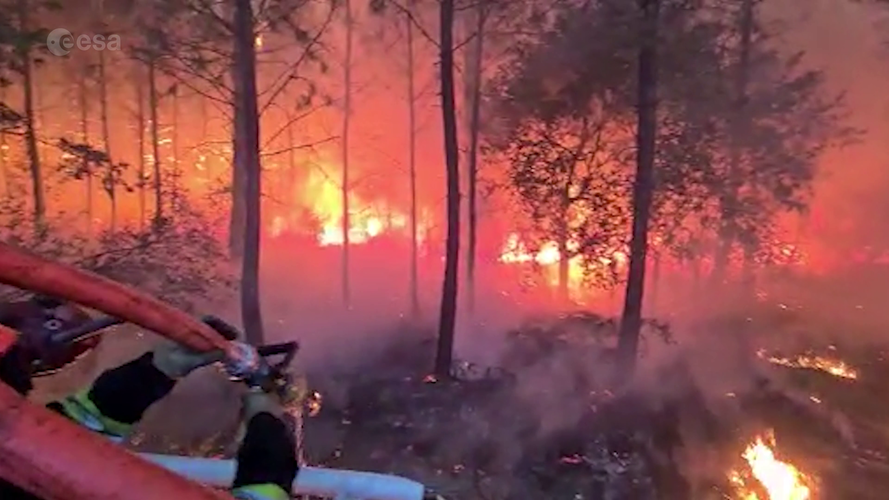 Video:
00:12:42
Video:
00:12:42
Enjoy a sneak peek of ESA’s new documentary that looks at fire in all its fury - and how satellite technology is helping to mitigate this consequence of climate change. Join us on this journey as we meet the firefighter who fought one of the largest wildfires in his career, climate scientists working with satellite data, and the people on the frontline using these data to aid those affected. The full documentary will be released this summer.
South Korea cancels satellite launch plan citing technical problem
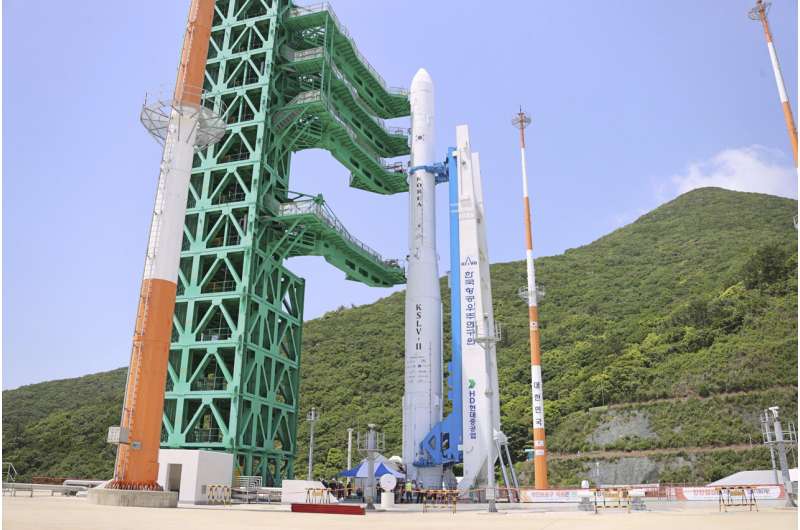
South Korea canceled its planned launch Wednesday of its first commercial-grade satellite due to a technical issue, days after rival North Korea reaffirmed its push to place its first military spy satellite into orbit.
Research Fellows in space science 2023
 Image:
Image:
ESA has selected 12 new Fellows to pursue their own independent research in space science in 2023 The Research Fellowships in Space Science represent one of the highlights of the ESA Science programme. Early career postdoctoral scientists are offered the unique opportunity to carry out advanced research related to the space science areas covered by ESA Science missions at one of three ESA establishments (ESAC, ESTEC or STScI) for a period of up to three years.
The 2023 Research Fellows in Space Science are Ashley Chrimes, Guillaume Cruz-Mermy, Marjorie Decleir, Camille Diez, Henrik Eklund, Elena Favaro, Thibaud Moutard , Isabel

